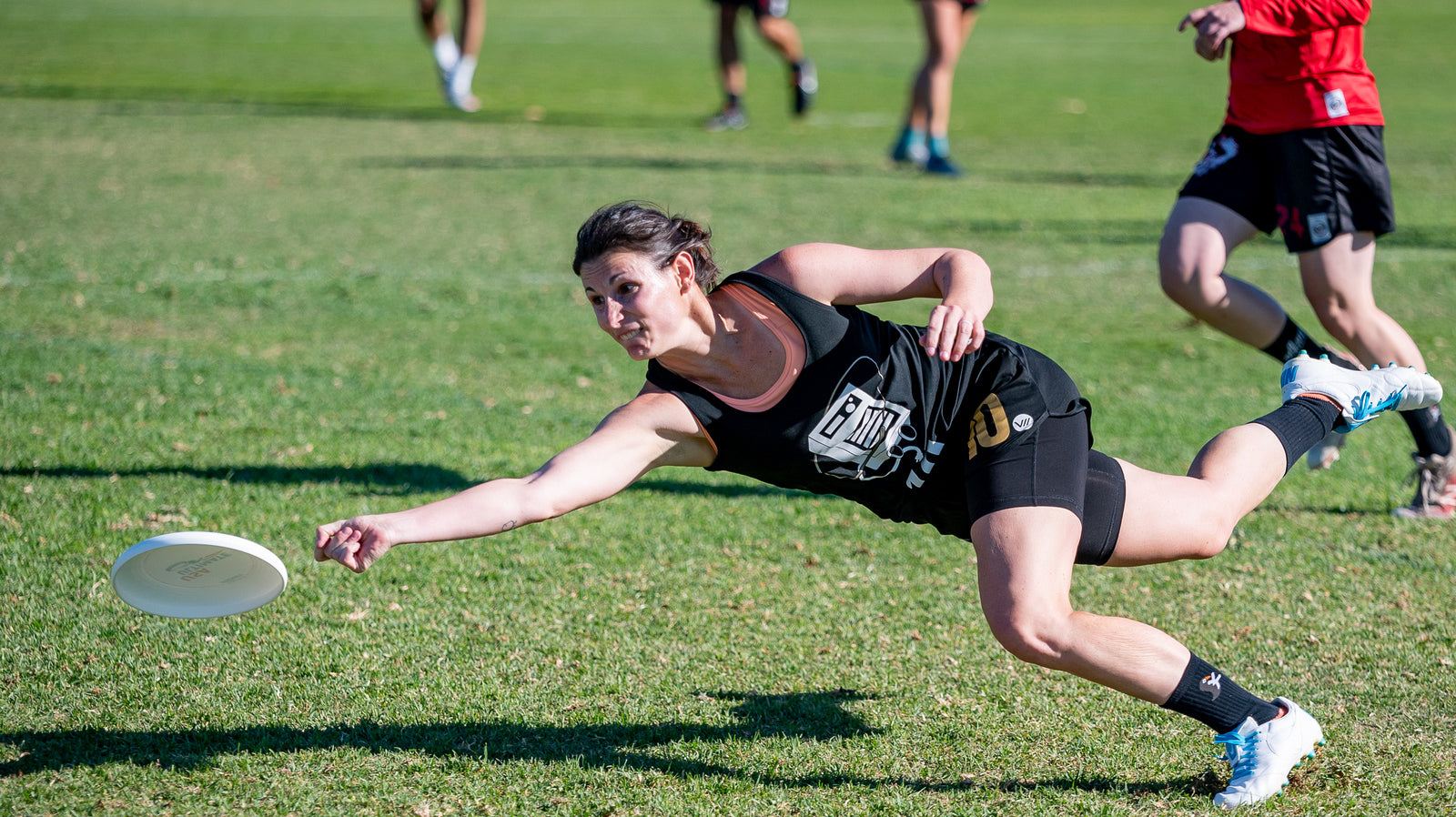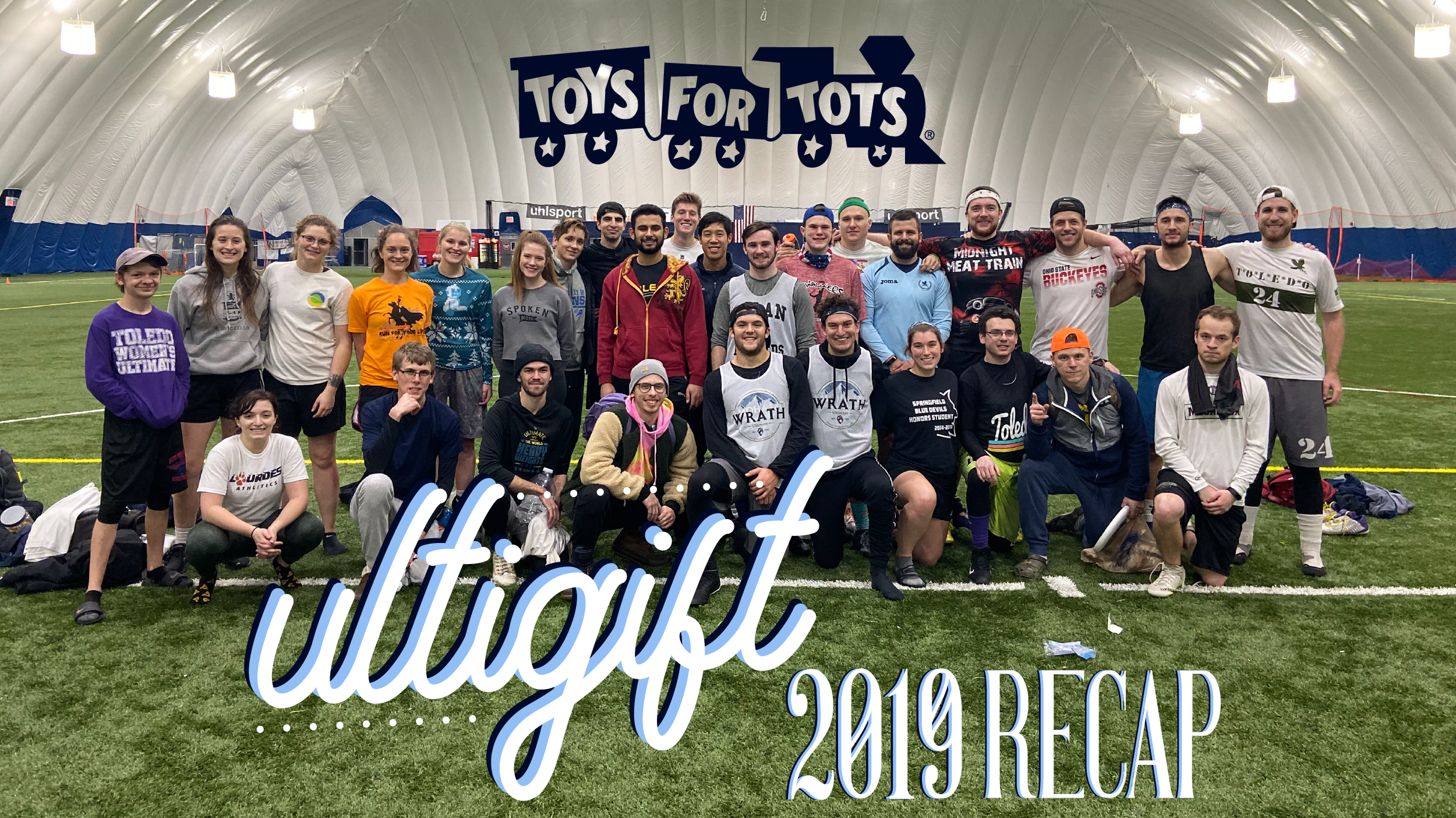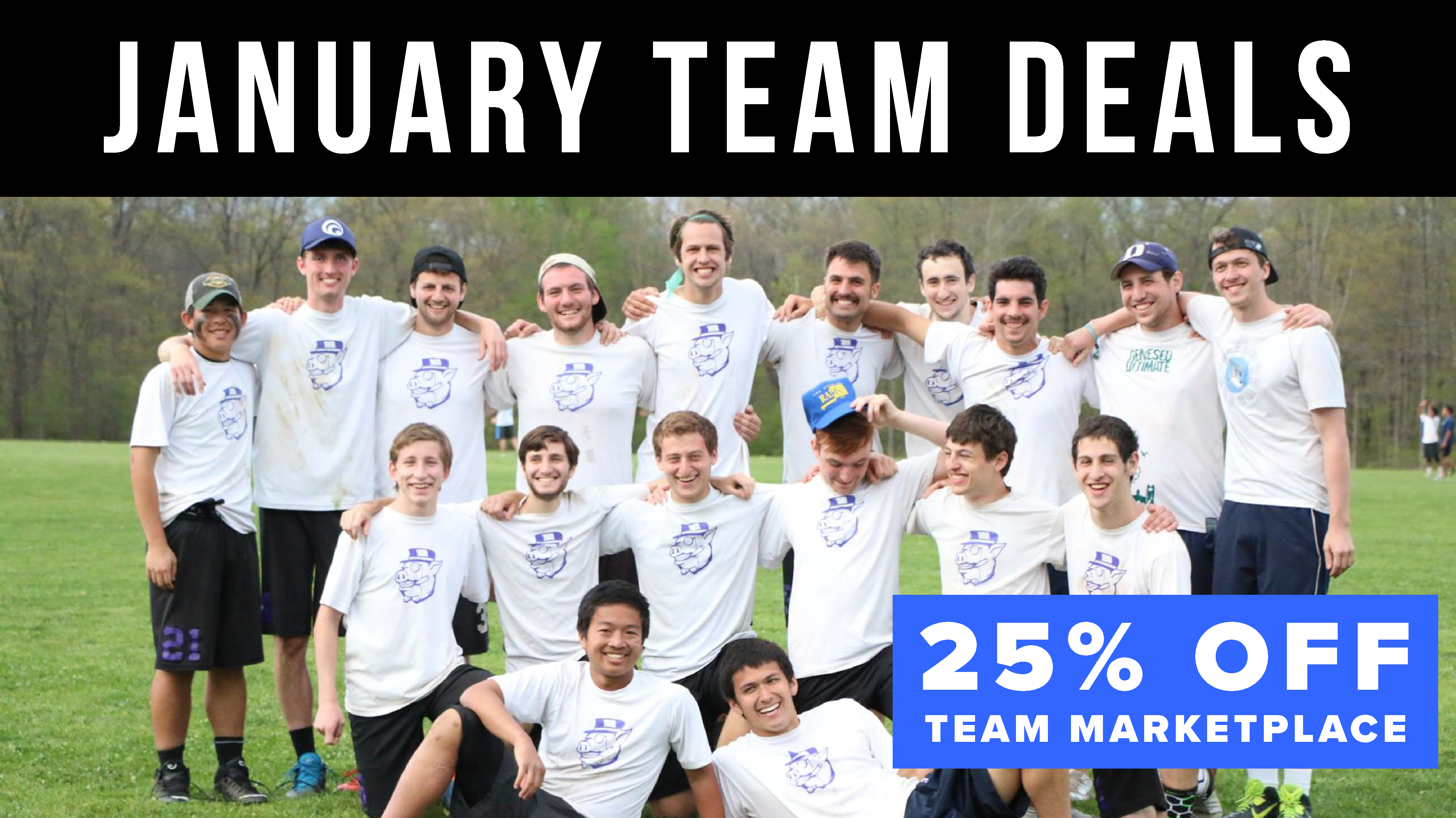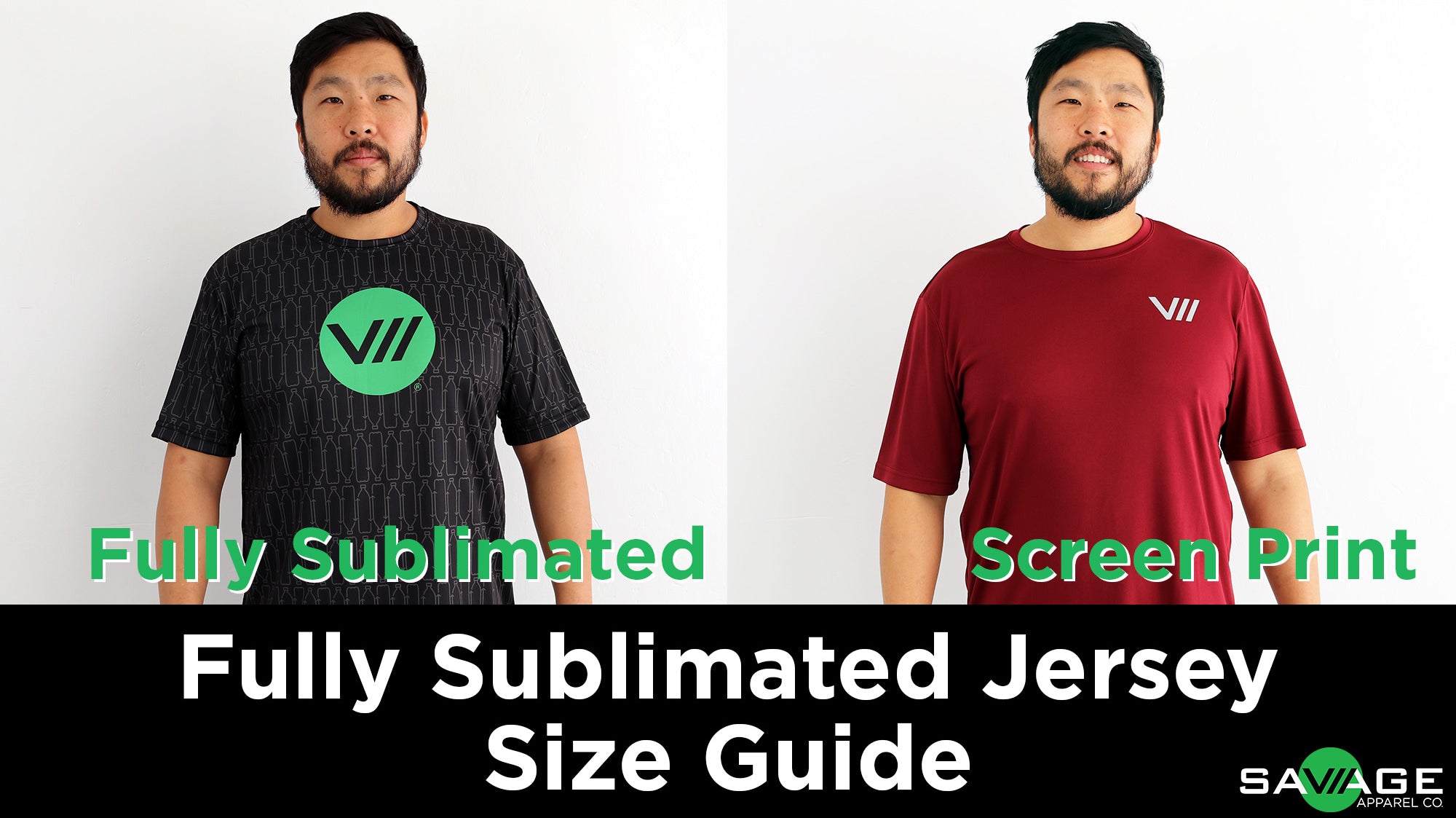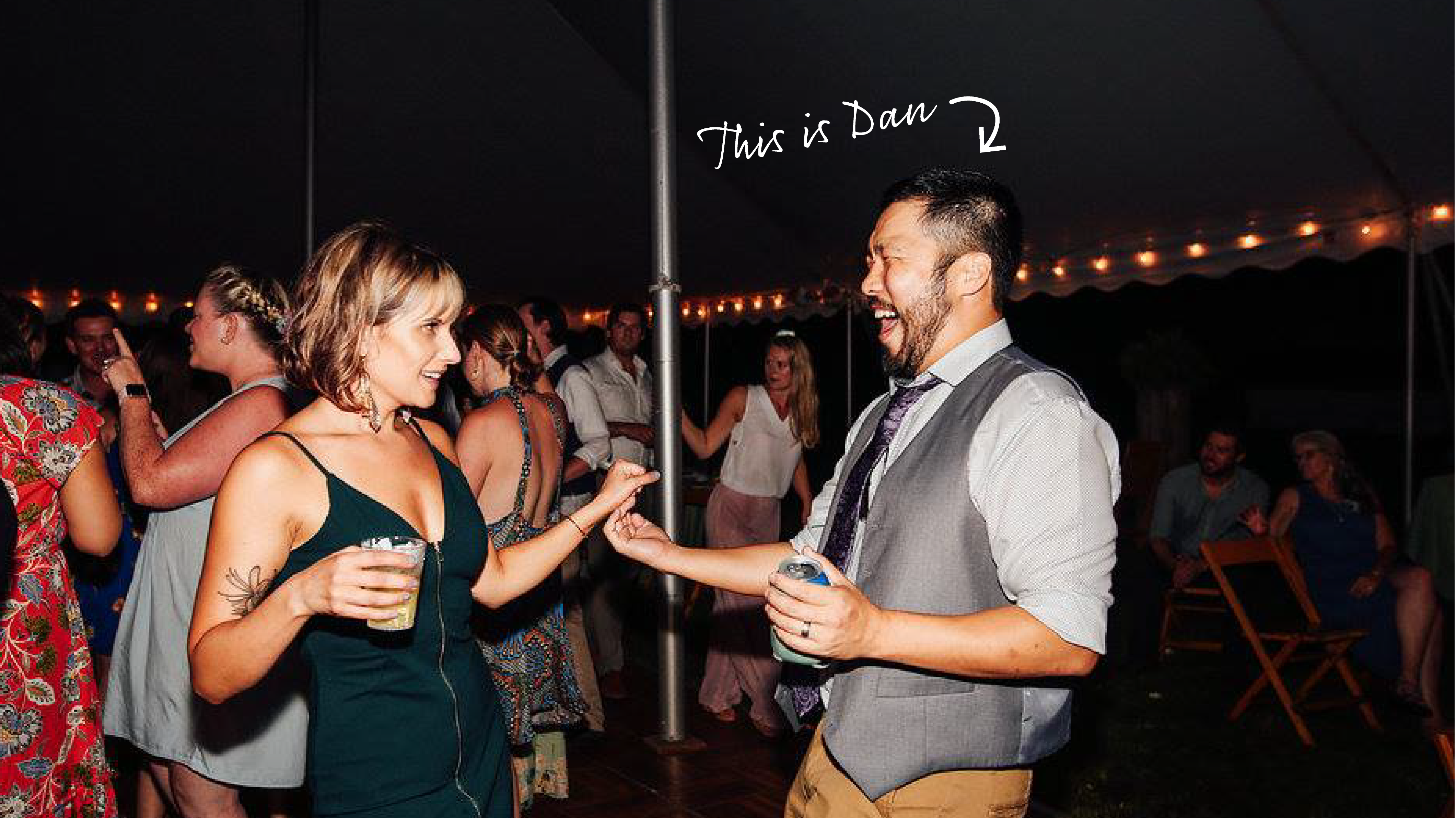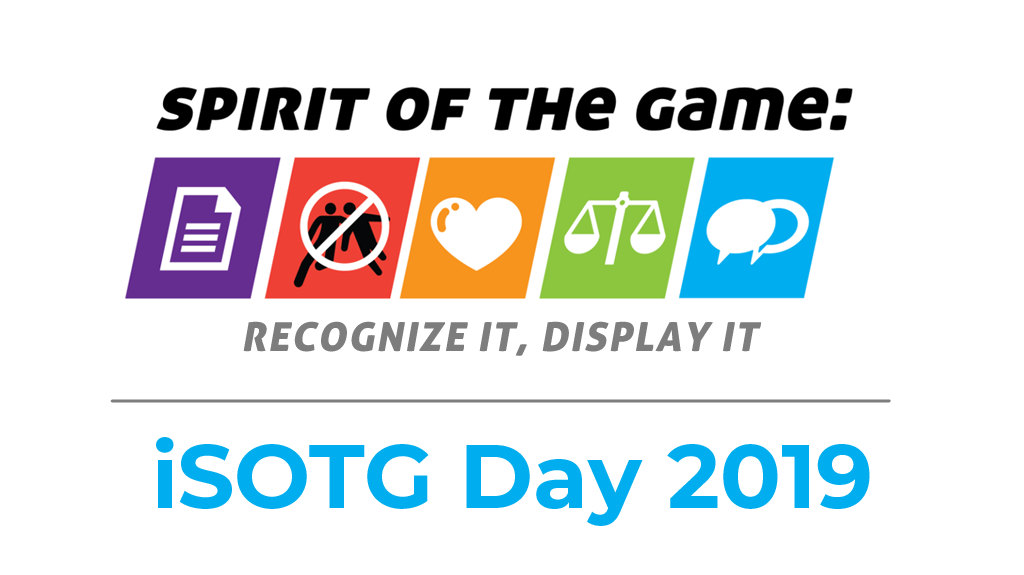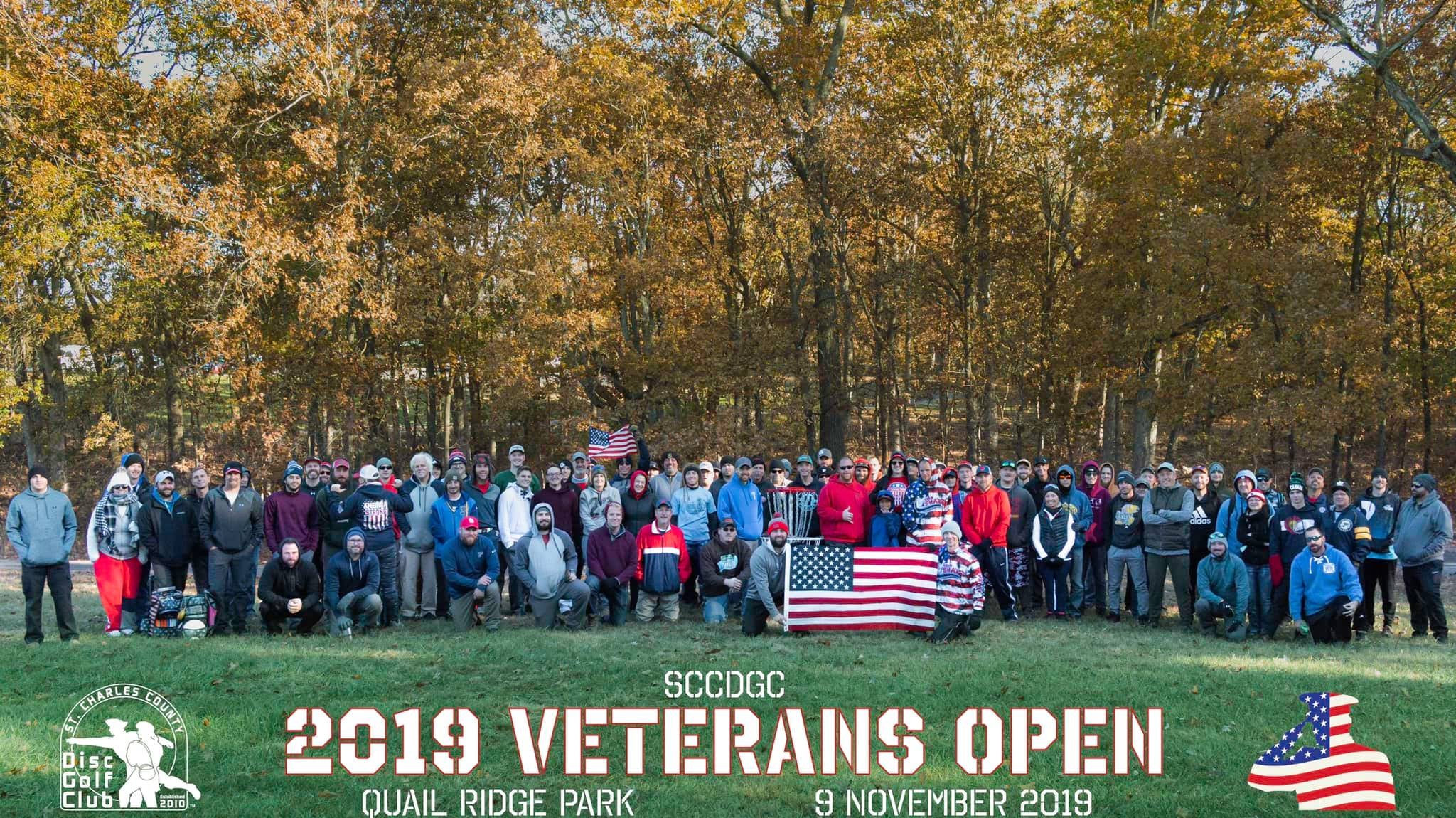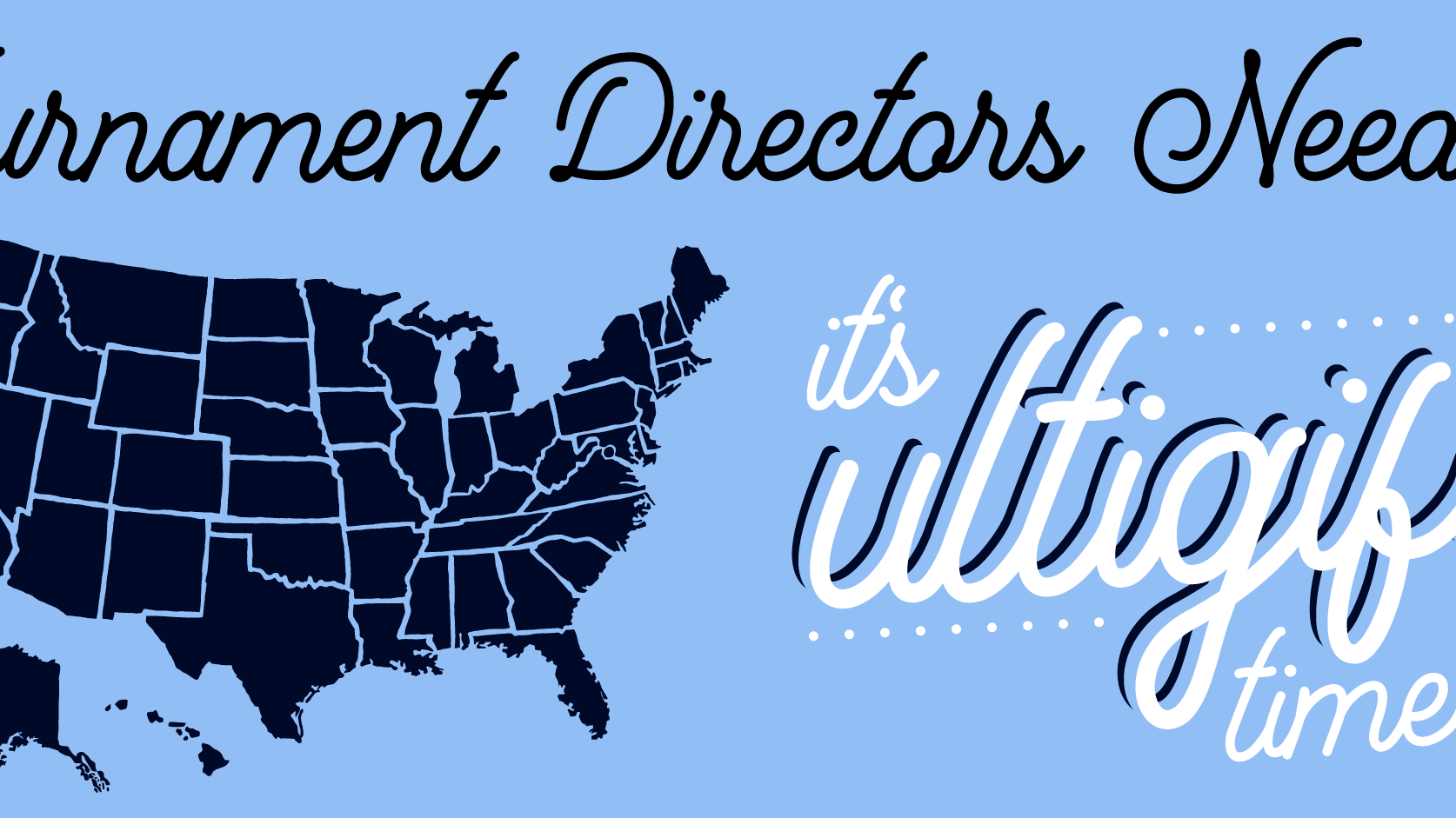News
Ultimate all-star Jenny Fey wants more inclusivity in the sport
Ultimate Ink explores the stories behind players' tattoos
Savage + Toys For Tots: UltiGift Recap
January Team Deals - Team Marketplace
Fully Sublimated Jersey Sizing
From the Desk of Dan Lee: Thankful During the Holidays
International Spirit of the Game Day 2019
Black Friday to Cyber Monday Deals at Savage
2019 Veterans Open: No Soldier Left Behind
PinkLine Recap | Savage + Breast Cancer Awareness Month
Host An UltiGift Event
UltiGift, Savage's Nationwide Toy Drive Hat Tournament is looking for paid volunteers to serve as Tournament Directors to host an event in your city. There are 3 ways to partner - Run an UltiGift Event, Pickup Event, or Partner Event.
Email events@savageultimate.com if you're interested in hosting an event in your city.

